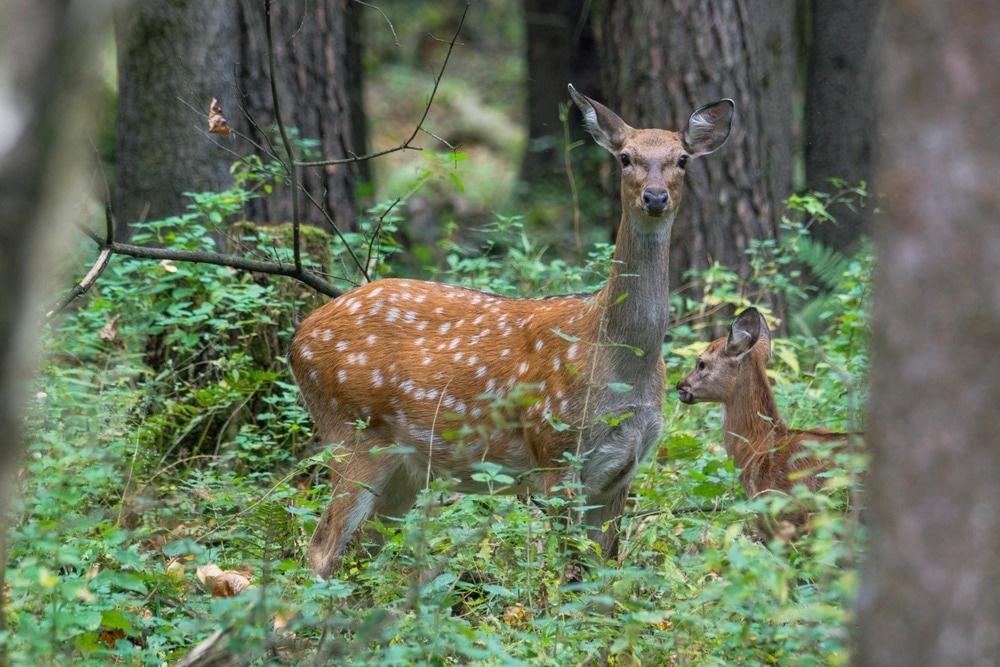tussionex getting high

In a recent study published in PLoS ONE, researchers investigated the impact of the anthropause, or stagnation, where to buy generic kamagra prices now in human activity due to a decrease in tourist visits to Nara Park, central Japan, caused by the coronavirus disease 2019 (COVID-19) pandemic, which reduced the population and altered the behavior of Cervus nippon (Sika deer) inhabitants.

Background
In an urban ecosystem, wildlife is impacted by human activities and has acquired behaviors through human interactions. The severe acute respiratory syndrome coronavirus 2 (SARS-CoV-2) outbreak (and resultant lockdown) resulted in an anthropause that could affect animals that humans feed, such as sika deer. The deer species shows characteristic bowing towards human feeders and may, at times, turn aggressive if deer cookies are not fed.
Previous studies have reported the impact of anthropause on bird and animal behavior between 2020 and 2021, including altered singing patterns of Zonotrichia leucophrys (white-crowned sparrow) in San Francisco; increased activity of Sylvilagus floridanus (cottontail rabbit) in Italy; and an increase in the population of avian species in the United States (US) and Canada, in comparison to pre-pandemic periods, in urban regions.
About the study
In the present study, researchers assessed changes in habitat use, population count, and feeding behavior of Cervus nippon in response to COVID-19-induced anthropause from 2020 onward.
The team conducted surveys between 2015 and 2021 on Cervus nippon at 3.0 sites located within the Nara Park of Japan, which tourists frequently visit, i.e., the areas located near the National Museum, Todai-ji Temple Nandai Gate, and the Kasugano and Ukigumo Park. The team assessed deer counts in April of the pre-pandemic period, i.e., between 2015 and 2019, and monthly during the COVID-19 pandemic between June 2020 and June of the following year.
Route census surveys were performed at all sites thrice daily to evaluate deer counts (fawns, females, and males) and tourist visits during the pandemic period. Deer feeding behaviors in pre-COVID-19 and COVID-19 times were compared using video recordings in the National Museum region between September 2016 and January of the following year and between June 2020 and the same month in the following year.
For the behavioral pattern analysis, 20 female and male deer were randomly chosen per month. The team excluded fawns since they did not completely acquire the characteristic bowing behavior towards human feeders. Researchers stood one meter away from the deer and showed but did not feed them cookies.
Bow counts per animal as a response to cookie presentation were recorded per deer until they either attacked (by head-butting, kicking, or biting) the feeder or went away. Generalized linear mixed modeling (GLMM) was performed for the analysis. Deer born within a year, as reflected by their petite frame, facial characteristics, and white-coloured spots, were considered fawns; adult male and female deer were identified as larger-sized animals with the presence and absence of antlers, respectively.
Results
Tourist counts increased between 2015 and 2019, followed by a drop between 2020 and the following year. Month-wise deer counts at the three sites positively correlated to tourist counts during the pandemic. The Todai-ji area’s deer population decreased from 167 deer (mean) to 65 deer (39.0%) between 2019 and 2020.
Similarly, deer bow counts (per animal) were fewer during COVID-19 (6.40) compared to pre-pandemic times between 2016 and 2017 (10.0). Tourist counts increased between June and November 2020, followed by a decline between December and February 2021 and a subsequent increase from March onward.
The month-wise deer population and the number of their bows correlated with tourist fluctuations during COVID-19, whereas their aggressive behavior remained largely unaltered. The findings indicated that the tourist counts influenced the bowing but not the attacking behavior of the deer through opportunities to receive cookies. As tourist counts fluctuated, the animals’ habitat usage was altered rapidly. Mask-wearing by human feeders did not impact deer behavior.
Conclusions
Overall, the study findings showed that the COVID-19-induced anthropause reduced the sika deer population as well as their number of bows in response to cookie presentation; however, there was no significant change in their attacking behavior. The findings indicated that the deer population is sensitive to alterations in human activity and responds swiftly to such alterations.
The Todai-ji area leads to the Great Buddha Statue, which most tourist visit. Therefore, the changes in deer population at the site likely correspond to changes in tourist visits to the site and reflect the impact of the COVID-19 pandemic on wildlife in Japan.
- Uehara, H. et al. (2023) "Impacts of the novel coronavirus SARS-CoV-2 on wildlife behaviour via human activities", PLOS ONE, 18(5), p. e0285893. doi: 10.1371/journal.pone.0285893. https://journals.plos.org/plosone/article?id=10.1371/journal.pone.0285893
Posted in: Medical Science News | Medical Research News | Disease/Infection News
Tags: Cookies, Coronavirus, Coronavirus Disease COVID-19, covid-19, Pandemic, Respiratory, SARS, SARS-CoV-2, Severe Acute Respiratory, Severe Acute Respiratory Syndrome, Singing, Syndrome

Written by
Pooja Toshniwal Paharia
Dr. based clinical-radiological diagnosis and management of oral lesions and conditions and associated maxillofacial disorders.
Source: Read Full Article